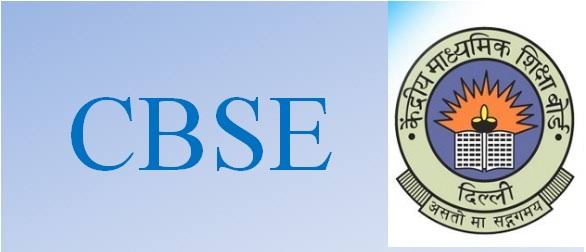The Central Board of Secondary Education (CBSE) recently issued an important notice concerning the re-alignment of student strength in schools for the upcoming three years. Starting from the academic session of 2023-24, the CBSE has decided to temporarily increase the number of students per section from the current limit of 40 to 45. This adjustment aims to rationalize the distribution of students already enrolled in each school.
However, it’s essential to clarify that this relaxation is not a permanent change in the rule, but a time-limited exception. It will only apply for the academic years 2023-24, 2024-25, and 2025-26. During this period, schools are required to systematically and gradually reduce and maintain the student strength in all sections to the desired level of 40 students per section. The CBSE emphasizes that this ratio must be adhered to in both letter and spirit.
CBSE Relaxation
The board emphasizes that schools should use this temporary permission judiciously and strategically manage admissions from junior classes to maintain section strengths at 40 students per class over the next three years. This measure is intended to create a balanced and conducive learning environment for students, ensuring optimal teacher-student ratios.

The CBSE’s decision comes as a response to the evolving educational landscape, considering factors such as the availability of resources, infrastructure, and overall effectiveness in delivering quality education. By allowing schools to make adjustments over the next three years, the board aims to ensure a smooth transition while upholding the core principles of effective education.
It is essential for schools to implement this re-alignment with careful planning, maintaining the best interests of students and preserving the quality of education provided. By following these guidelines, schools can effectively adapt to the changes and achieve an ideal student-to-teacher ratio, leading to improved learning outcomes for the students.




